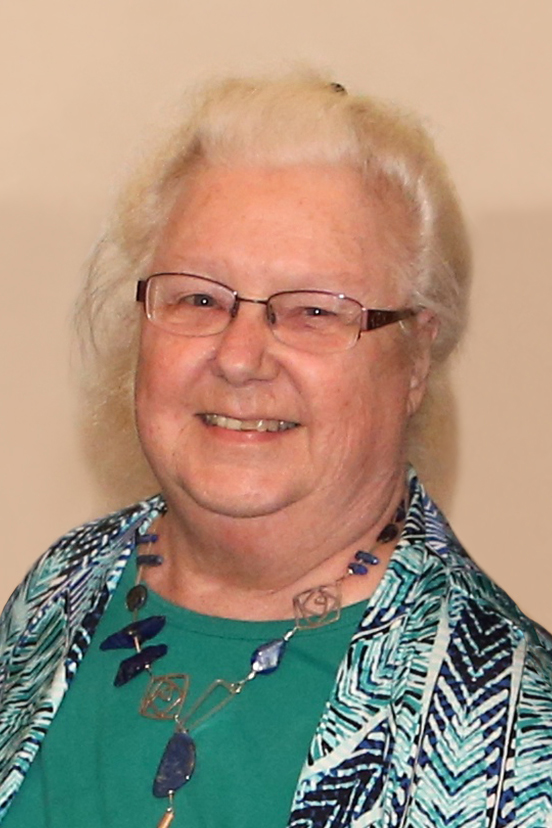A Reflection on the Eleanor Clarke Slagle Lecture By Ruth Zemke
 |
| Image Source |
Ruth Zemke, PhD, OTR, FAOTA, Professor Emeritus, was a professor at the USC Department of Occupational Science and Occupational Therapy (Rado, 2004). Ruth was the co-principal investigator of the Well Elderly Study which showed the importance of occupational therapy in elderly individuals (Rado, 2004). She received the Eleanor Clarke Slagle Award, which is one of the most distinguished awards an occupational therapist can receive. I chose the 2004 lecture by Ruth Zemke, "Time, Space, and the Kaleidoscope of Occupation" because I was intrigued to see how Zemke connected a kaleidoscope to occupation.
In this lecture, Zemke talks about how occupational therapy can be compared to a "kaleidoscope." She says that like a kaleidoscope interacts with multiple reflections, occupation interacts with multiple elements. The main elements Zemke describes are time and space. She explains how we view time differently based on the occupation we are participating in. For example, I enjoy reading and I can read for hours without realizing so much time has passed, but if I were to go to a football game, I would be constantly checking my watch thinking about how slowly the game is going. Zemke then described the different kinds of space which are, body space (proprioception), grasping space (where we can reach), and distal space (where we move to). She says, "time and space can constrain or enable occupations (Zemke, 2004, p. 613)." What Zemke means here is that every occupation we do or want to do is affected by time and space. For example, if I want to do the occupation of painting, I have to account for where I will paint, which is the space, and whether or not I have the time to paint. If I have a space as well as the time to paint, that would enable the occupation of painting.
In the year Ruth Zemke won the Eleanor Clarke Slagle award, George Bush was reelected for presidency and Mark Zuckerburg launched Facebook. While the world has changed significantly since 2004, Zemke's findings and insights are still relevant to occupational therapy today.
Rado, A. D. (2004, November 5). American Occupational therapy Assn. honors USC professor Ruth Zemke. USC News. Retrieved January 16, 2023, from https://news.usc.edu/24232/American-Occupational-Therapy-Assn-honors-USC-professor-Ruth-Zemke/
Zemke, R. (2004). Time, space, and the kaleidoscopes of Occupation. The American Journal of Occupational Therapy, 58(6), 608–620. https://doi.org/10.5014/ajot.58.6.608
